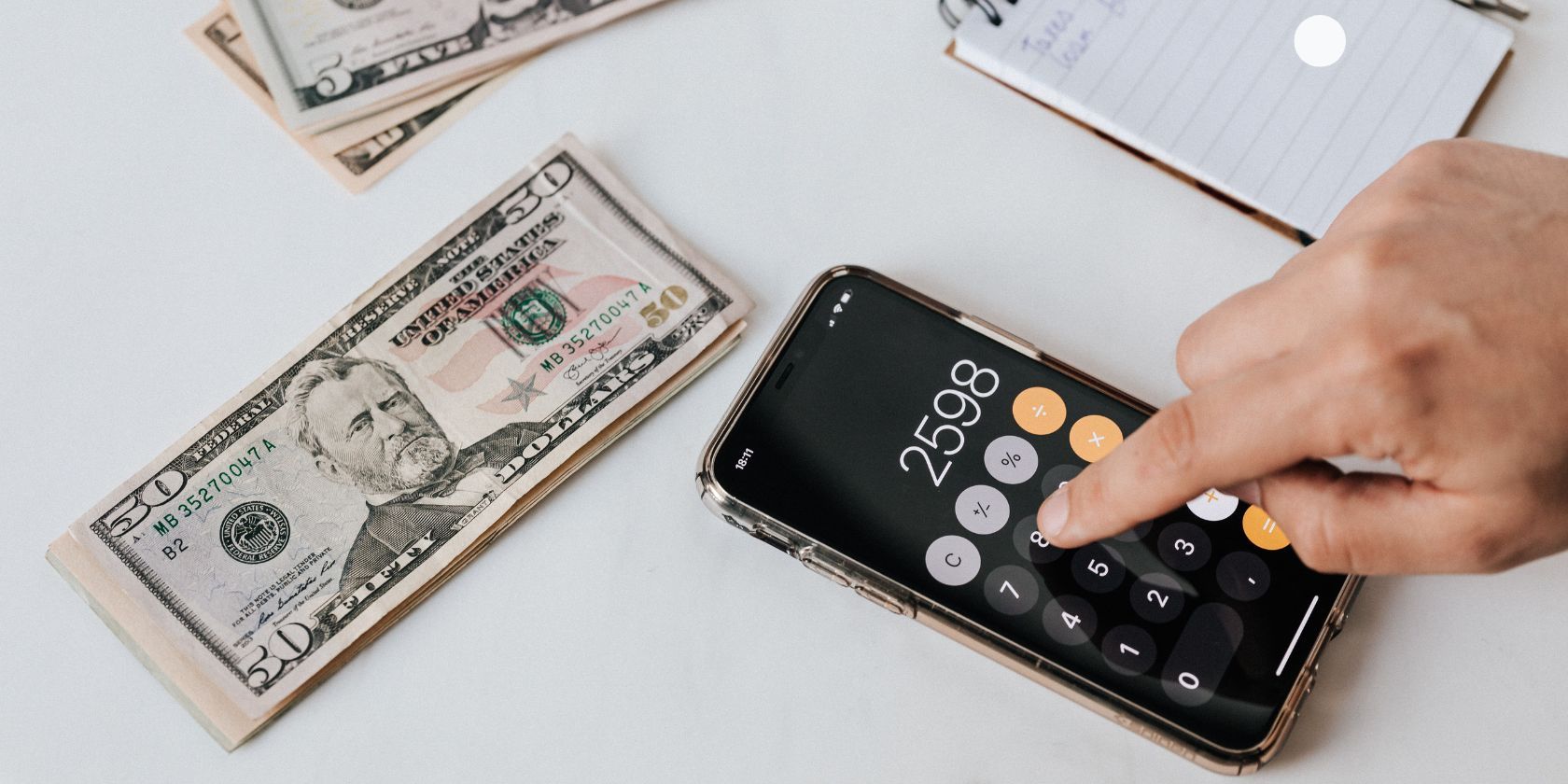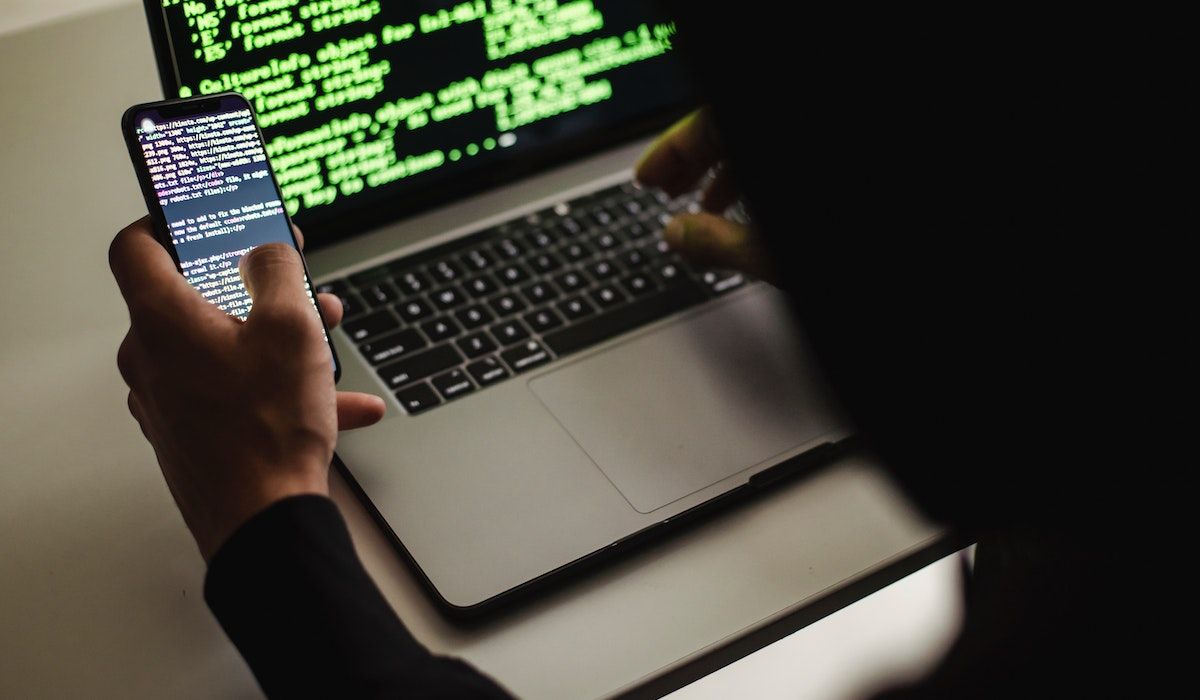Nevertheless, a hot battery can be a sign of cell phone tapping. Malicious software could be running in the background, allowing someone else to listen in. And be suspicious if your phone simply isn’t holding charge.
Monitor your phone: remember which apps you’ve used and how they affect your battery. If it consistently runs low on battery, don’t ignore the issue. Older handsets don’t hold charge as well as newer models, so you need to eliminate other possibilities before looking for nefarious purposes.
Take note of other reasons your handset might be hot. Have you been sunbathing with it nearby? Have you been using lots of apps consecutively? Is a phone case locking heat in?
High temperatures and low power can nonetheless be indicative of malicious software. You then need to look out for other signs your phone is tapped.
2. Increased Mobile Data Usage

Keeping a close eye on your phone bills can save you a lot of cash. But it can also help you spot spyware.
Countless apps use huge amounts of data, especially if you don’t connect to free public Wi-Fi. It’s even worse if you let your kids use your device while away from home. Still, you should know roughly how much data you use each month.
If this amount increases dramatically, you need to narrow down exactly why that’s happening. If you can’t find the reason, it might be that a third party is intercepting your messages.
Malicious software uses your data allowance to send information it’s collected to an outside source. That means it’s not solely relying on your home Wi-Fi: it’s consuming data wherever you are.
3. Unwanted Ads and Apps
You can become overly familiar with your system, meaning you forget half the apps on there. But it’s imperative that you know exactly what’s on your phone, especially anything running in the background. If you’ve not installed an app, it could be malicious.
Your phone doesn’t have to be jailbroken to download fake apps: fraudulent apps have been spotted on official stores, including adware that presented malicious ads to users. Adware can be used to gather data and open a backdoor to hackers, inviting the installation of further malware. These ads could become intrusive to encourage victims to click on them, and generate revenue on a pay-per-click basis.
Don’t forget that clicking on any links can further lead to more malware. This can generate a lot of ad traffic, and so increase data usage further.
4. General Performance Issues
The more data being used, the slower your device will be. Malware can get root access to your smartphone or trick you into downloading a fake systems update for complete domination over your activities. Information about the victim could then be transmitted to hackers’ external servers.
Think of all that information being transmitted to and from your device. This will slow down your smartphone. You might think it’s simply that your handset is getting old, but you’ll suffer performance lags whatever method a cybercriminal uses to bug your phone.
Of course, real apps will take up power, but they shouldn’t noticeably affect your device’s reaction time.
You can check which apps are using the most RAM. On iOS, go to Settings > General > iPhone Storage. On Android, click Settings > Apps and swipe over to Running. You’ll probably see Photos and Music near the top of the list. From here, you can assess your app usage, and check for anything that doesn’t ring true.
5. Strange Messages Can Indicate Phone Tapping

How do you know if your phone is tapped or being spied on? You might be ignoring the signs already! What you might pass off as spam, a nuisance, or a wrong number can be an alert that something’s wrong.
Suspicious SMS could include seemingly-randomized series of digits, characters, and symbols, which will immediately strike you as odd but perhaps not especially malicious.
Don’t ignore suspicious messages.
The most likely cause of this is a fault in spyware. If it hasn’t installed properly, coded messages will appear in your inbox that would otherwise have gone unnoticed. These random data sets are instructions sent from the servers of a hacker to tamper with the fraudulent app. Alternatively, it could be the app trying to contact its creator.
Likewise, if any family or friends say you’re sending them bizarre texts or emails, your phone may be compromised. This could mean your infected phone is trying to install malware on the devices of your loved ones.
Keep an eye out for any activity you don’t recognize. Look at messaging chains, social media profiles, and check your sent folder and outbox. If you can’t remember sending something, be suspicious.
6. Websites Look Different
We all forget advice and make mistakes sometimes. If that mistake is clicking on a URL in a text or email, it can cost you big bucks. You don’t even have to be redirected to a fraudulent link through a message. If there’s a malicious app on your phone, it could alter the appearance of websites you frequent.
The malware acts as a proxy, intercepting communications between you and the site you’re trying to visit. It might present a false page to you or track anything you type. And no, it doesn’t matter if you’re on Private Browsing.
This is a big problem if you’re using online banking—or anything that requires personal details. That could be a password, financial details, or Personally Identifiable Information (PII), a major currency on the dark web.
You might not notice any differences. They could solely be minor changes, like pixelated logos. And if you do see something strange, it could just be the website experimenting with a new interface. Compare the mobile version with that displayed on a PC, bearing in mind responsive themes look slightly different.
7. Use Android Forwarding Codes Like *#21#

This only works on phones running Android, but it’s the perfect way to find out whether any of your data is being forwarded on to a third party. You can use secret USSD codes to maintain your security and privacy.
Just go to your keypad interface and type in either *#21*, *#67#, or *#62# then tap the dial icon. If one doesn’t work, try another. They’re applicable to different devices, but all three have the same function: they direct you to a screen that details Call Forwarding.
It will list Voice calls, Data, SMS, Packet, PAD, and more. Ideally, each one should say “Not forwarded” afterward. If any instead say “Forwarded”, your smartphone’s probably been hacked.
So what can you do? Just type ##002# into your dial screen then press the dial symbol again. Your screen should now read “Erasure was successful”, meaning you’ve severed the cyberattack. You can navigate away from this screen by tapping OK.
That’s not the end of the matter: if your device has been tapped, it’s obviously susceptible to attacks, including downloading an antivirus app.
“Is my phone tapped?” Probably not. Most of us won’t be victims to a phone tap. Nonetheless, it’s worth learning some basic security measures.
Reduce the risk of infection by only downloading from official app stores; Apple and Google screen apps and games before letting them become available to the masses and though they sometimes mess up, that’s rare.




